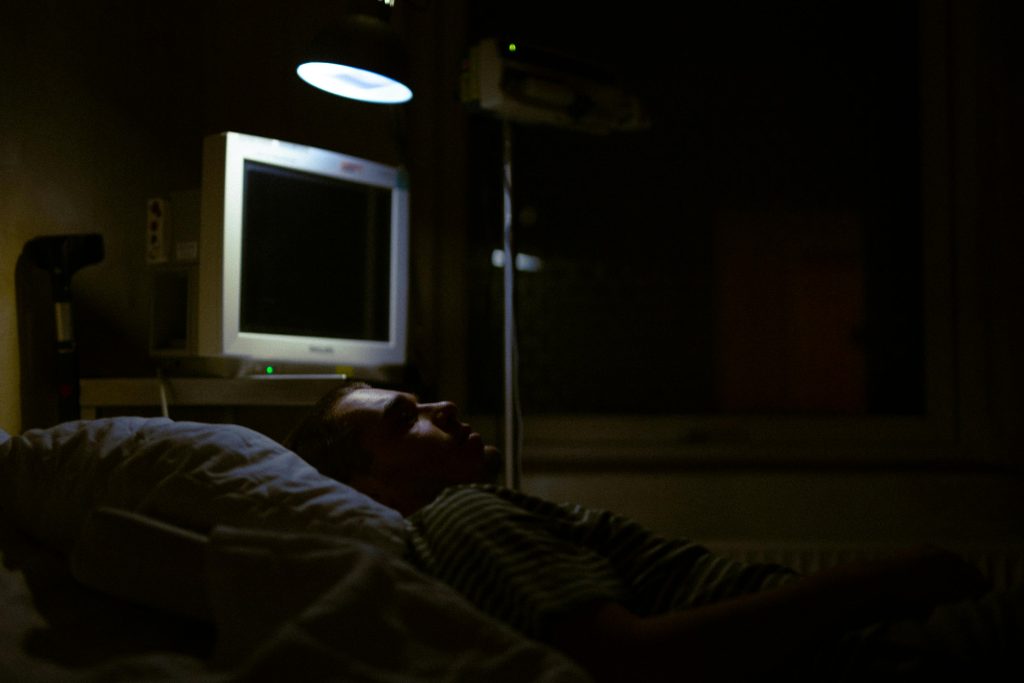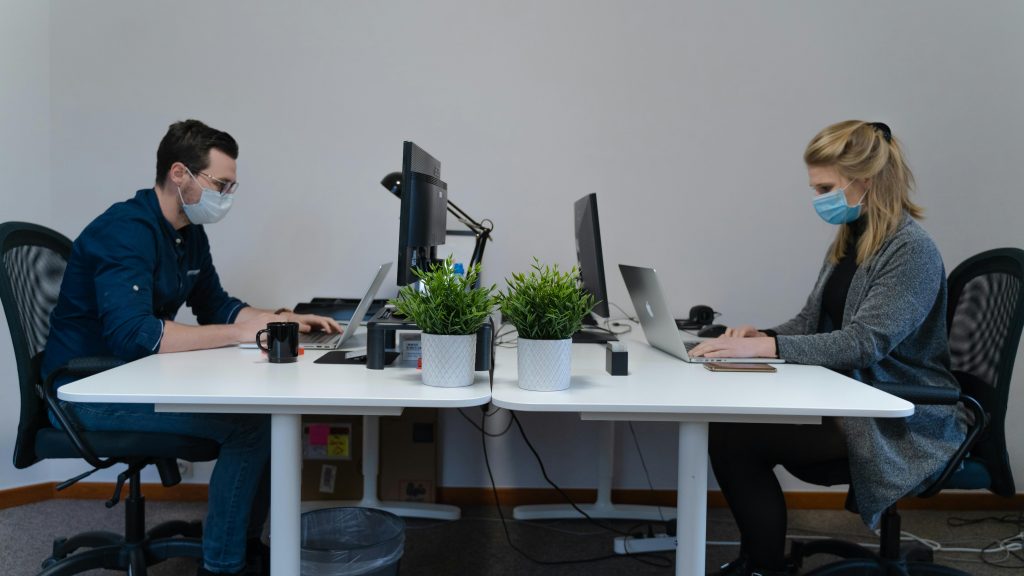Diagnosing Boot Issues: Persistent No-Display and Intermittent BIOS Access
Introduction
Encountering persistent boot problems can be incredibly frustrating, especially when they manifest as no display output, intermittent BIOS access, and inconsistent system startup behavior. If your PC exhibits similar issues, understanding the possible causes and troubleshooting steps can help identify the root of the problem and guide you toward a solution.
System Overview
While individual configurations vary, common components involved in such issues include:
- Central Processing Unit (CPU): e.g., Intel Core i7 3rd Gen
- Graphics Card (GPU): e.g., NVIDIA RTX 2060
- Memory (RAM): e.g., 12GB DDR3
- Motherboard: often budget or low-end models
- Power Supply Unit (PSU): e.g., 550W Corsair
- Storage Devices: SSDs/HDDs
- Peripherals: e.g., RGB keyboards
Symptoms to Recognize
Typical symptoms associated with such problems encompass:
- No display output during system startup. Monitors may flicker between HDMI and analog inputs when set to auto-detect.
- Keyboard LEDs may briefly flash then turn off, with side lights remaining active. Pressing keys can cause temporary illumination.
- Fans and cooling devices (CPU fan, case fans, RGB lighting) start and continue running.
- Absence of BIOS or POST screen, indicating the system isn’t passing the initial firmware check.
Unusual Behaviors
A puzzling aspect is the system’s inconsistent responsiveness:
- Sometimes entering BIOS by spamming keys (e.g., F9–F12) shortly after power-on grants access.
- Occasionally, the system boots normally without intervention.
- On certain days, no combination of reboots or key presses yields successful startup.
Troubleshooting Steps Attempted
To diagnose such issues, the following steps are typically recommended:
- CMOS Reset: Clearing the BIOS settings by removing the motherboard battery or using dedicated reset jumpers.
- RAM Testing: Booting with individual RAM modules in different slots to rule out faulty memory.
- Drive Disconnection: Disconnecting all storage devices except the primary boot drive.
- GPU Testing: Using integrated graphics if available, to identify potential GPU-related issues.
- Cable and Monitor Swaps: Testing with different display cables and monitors to exclude external display problems.
- Repeated Reboots: Multiple power cycles to observe consistency in behavior.
Possible Causes and Considerations
Based on symptom patterns and
Share this content:



